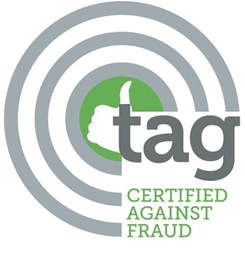WE BELIEVE testing audience segments is fundamental to programmatic performance.
Most people make the mistake of thinking programmatic is low cost media inventory. But those of us who have been in the business for some time will acknowledge that the lower costs are more on operational efficiency and not a reduction of media prices. Yes, you may be able to find remnant or lower cost media across programmatic platforms. However improving the performance of that media and eliminating waste means adding audience data overlays. The reduction in media price is often off-set by the cost of audience data required to drive performance.
Programmatic does not mean ’set it and forget it.’ The best programmatic marketers are monitoring campaigns daily, and tweaking various audience parameters to maximize performance.
The best way to improve programmatic? Audience testing.
If you are familiar with A/B testing in email or better yet, establishing test cells within your search engine marketing keyword groups, then the concept of testing audiences will resonate.
There are many modes of performance audiences testing. In part-1 of this post, I’ll share one of the easiest and most commonly used models almost every basic audience manager applies in some manner: the ‘champion-challenger’ test. In this model, identify your best performing audience segment and then constantly seek to find a better replacement or improvement.
For example you may identify a sizable audience comprised of Mobiquity Networks retail location visitors combined with a HHI (household income) of $100k+ that drives your highest response rate. Establish this as your “champion” audience.
Champion-Challenger and the 80-20 rule
Your champion audience campaign should receive 80% of your media budget. Clone the champion campaign and assign the remaining 20% of your budget to it while also establishing a new “challenger” audience using a different set of audience characteristics. Advanced programmatic marketers may simply add an additional audience filter (eg. Pharmacy visitors). Run the two campaigns simultaneously and gauge performance. Be sure to give it at least 2 weeks of run-time as machine learning often need time to understand a new audience. If your new challenger audience outperforms, set it as the champion and repeat the test.
Consistent audience optimization can generate big rewards.
Demonstrating you are constantly learning and improving will win you kudos with the CMO.
The trick here is to get creative with your 20% challenger tests. It is possible you will find a new audience that outperforms but does not scale. In this instance add it to your champion campaign and keep moving. Programmatic is a never ending search for perfection.
In part-2, we’ll discuss how to establish audience tests for varied messaging, and in part-3, I’ll tackle the Industry’s desire to increase the use of first party data over third party, and BTW… where is 2nd party data?
Subscribe to our blog to be alerted when updates become available.




Recent Comments